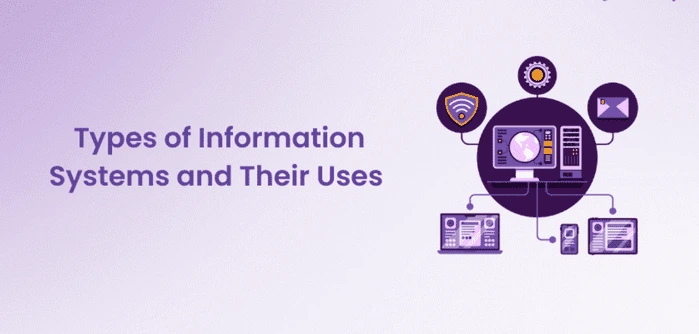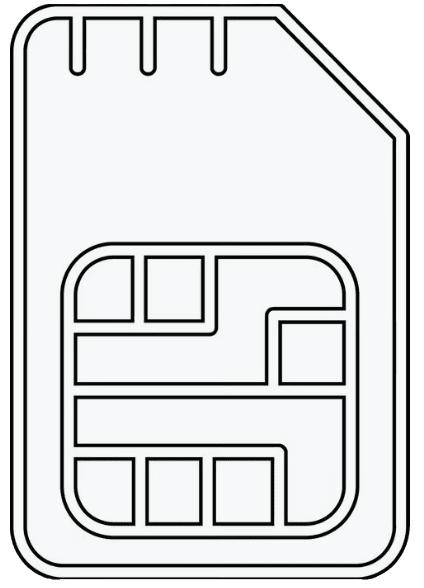Pakistan’s information systems have quietly become the backbone of everyday life, verifying SIMs, renewing IDs, paying taxes, checking land records, and even filing complaints to government from a phone. Yet misinformation persists, especially around “SIM databases” and third‑party CNIC lookups. This guide explains what’s real, what’s risky, and how to use official platforms effectively and safely.
WHAT IS AN INFORMATION SYSTEM IN THE PAKISTANI CONTEXT?
An information system is a structured combination of people, processes, data, and technology used to collect, store, process, and deliver information. In Pakistan, the most visible are public digital services that citizens and businesses use daily:
- Identity and verification (NADRA)
- Telecommunications oversight (PTA: SIM and device systems)
- Licensing, land, taxation, trade, and complaints portals
- Sectoral databases (health, education, utilities) increasingly moving online
The goal is secure, efficient service delivery with audit trails, consent, and accountability.
KEY PUBLIC INFORMATION SYSTEMS YOU’LL ACTUALLY USE
Below is a quick map of high‑impact, government‑backed systems. Use these—avoid unverified third‑party “lookup” sites that ask for sensitive data.
| System | Purpose | Core Features |
|---|---|---|
| PTA SIM Information (668) | See count of SIMs registered against your CNIC | SMS to 668 or web check; per‑operator breakdown; user‑initiated verification |
| PTA DIRBS (Device Identification Registration and Blocking System) | Check device IMEI status; block stolen/non‑compliant phones | IMEI compliance check; import/roaming rules; blocklist/whitelist |
| NADRA Pak Identity | CNIC renewal/modification; family registration | Biometric verification; document upload; home delivery options |
| DLIMS/ITP (Provincial Driving License Portals) | Verify driving license status; apply/renew (province-specific) | Application status; fee and test scheduling; e-verification |
| PLRA/Sindh/Balochistan/KP Land Records | Land ownership (Fard), mutation status | Online Fard; token tracking; e‑stamp integration (Punjab) |
| FBR Iris | Income tax registration and filing | NTN registration; returns; withholding statements; e‑notices |
| Pakistan Single Window (PSW) | Trade/customs clearance | Single sign‑on for customs and partner agencies; digital declarations |
| Pakistan Citizen’s Portal (PMDU) | Lodge and track public complaints | Case tracking; performance dashboards; escalation paths |
| SECP eServices | Company registration and filings | Name reservation; incorporation; compliance filings |
| e‑Stamp (Punjab) | Non‑judicial stamp purchase | Real‑time verification; bank integration; QR‑coded receipts |
THE SIM INFORMATION SYSTEM – HOW IT WORKS (AND WHAT IT DOESN’T DO)
- What it does: The PTA SIM Information System lets you check how many SIMs are registered to your CNIC across all operators. It’s designed for user awareness, fraud prevention, and cleanup of inactive/unauthorized SIMs.
- What it doesn’t do: It does not legally disclose other people’s names, addresses, or CNIC details to the public. Any website claiming to reveal full “SIM owner details” or “live location” from a number is untrustworthy—and may be unlawful.
- How to use it properly:
- Send your CNIC number (without dashes) to 668 via SMS, or use PTA’s official portal.
- Review the operator-wise count.
- If you see unknown SIMs, visit the relevant operator’s franchise to block them.
Pro tip: Pair 668 checks with PTA DIRBS before buying a used phone. Verifying both ownership (SIM count on your CNIC) and IMEI compliance reduces fraud risk.
FEATURES THAT MATTER ACROSS PAKISTANI INFORMATION SYSTEMS
When evaluating any public digital service, look for:
- Identity assurance: OTPs, biometrics (face/fingerprint), and liveness checks in NADRA flows
- Data accuracy and recency: Real‑time lookups (DIRBS, e‑Stamp), synced registries (PLRA)
- Security fundamentals: TLS encryption, captcha/rate limits, session timeouts, audit logs
- Consent and transparency: Clear purpose statements, user‑initiated queries (668), revocation paths
- Availability and support: Uptime status, help desks, e‑Khidmat centers, SMS alternatives for low‑connectivity areas
- Interoperability: Cross‑agency integrations (PSW, e‑Stamp + land records) to reduce manual trips
USERS’ EXPERIENCES: WHAT “GOOD” LOOKS LIKE
- CNIC renewal without queues: Sara in Karachi renewed her CNIC on NADRA Pak Identity. Face verification took minutes; documents uploaded from her phone; card delivered to home. She tracked status in‑app—no branch visits.
- Safer phone purchase: Bilal checked a second‑hand phone on DIRBS; IMEI showed “non‑compliant.” He walked away, later finding a compliant device and registering it before use.
- Cleaning up SIMs: Ahsan texted 668 and found two unknown SIMs on his CNIC. He visited the operator, filed a disown request, and reduced his identity exposure risk.
- Faster land verification: Naila requested an online Fard from PLRA for a bank loan. The QR‑coded document matched the registry, cutting a week of manual verification to 24 hours.
- From complaint to resolution: Using Pakistan Citizen’s Portal, a small business owner escalated a municipal sanitation issue with photos. The case closed in 5 days, with updates visible in the app.
These are typical outcomes when users stick to official systems and avoid third‑party “shortcuts.”
PRIVACY, SECURITY, AND THE LEGAL LANDSCAPE
Regulators and laws
-
- Pakistan Telecommunication Authority (PTA) regulates SIM issuance and device compliance.
- National Database and Registration Authority (NADRA) manages identity services and the National Socio‑Economic Registry for targeted programs.
- Prevention of Electronic Crimes Act (PECA) provides a baseline for cyber offences.
- Personal data protection legislation has been under active development; organizations should follow the latest MoITT/PTA notifications and adopt privacy‑by‑design proactively.
What you should not do
-
- Do not use third‑party “PakData” style sites that claim to reveal CNIC records, SIM owners, or live locations. They erode privacy and can put your data at risk.
Protect yourself
-
- Share CNIC only on official portals and verified operator franchises.
- Enable two‑factor authentication where offered.
- Keep device OS updated; avoid sideloaded “lookup” APKs.
BEST PRACTICES AND COMMON PITFALLS
Do:
- Use Sim Information periodically to review SIMs on your CNIC.
- Verify IMEIs on DIRBS before activating or buying devices.
- Prefer e‑services (Pak Identity, PLRA, e‑Stamp, Iris) to reduce middlemen and errors.
- Keep scanned documents ready (CNIC front/back, photos) for faster flows.
- Track application tokens/IDs; they simplify support.
Avoid:
- Sharing full CNIC details on unverified websites.
- Paying “agents” for services you can complete online.
- Assuming land record screenshots are final—always use QR‑verified Fards or bank‑accepted documents.
- Missing deadlines on FBR Iris; penalties add up quickly.
WHAT’S NEXT: TRENDS SHAPING PAKISTAN’S INFORMATION SYSTEMS
- Deeper interoperability: More cross‑platform data exchange (e.g., land, taxation, utilities) to reduce manual verifications.
- Stronger digital identity: Wider use of NADRA biometrics and remote liveness checks, especially in banking/telecom onboarding.
- Mobile‑first service delivery: SMS and app channels working together for inclusivity.
- Security uplift: Broader adoption of encryption, advanced fraud analytics, and public breach disclosures.
- Trade digitization: PSW expansion to additional partner agencies to cut customs clearance times.
QUICK HOW‑TOS (STEP‑BY‑STEP)
Check SIMs on your CNIC:
-
- Send your CNIC (no dashes) via SMS to 668 or visit the PTA 668 portal.
- Review operator‑wise count.
- Disown unknown SIMs at operator franchises.
Verify IMEI (DIRBS)
-
- Find IMEI by dialing *#06#.
- Check on DIRBS (web/app/SMS where available).
- Avoid non‑compliant devices; report stolen ones for blocking.
Renew CNIC (Pak Identity)
-
- Create an account and select service (renew/update).
- Complete biometrics and upload documents.
- Pay online; track and receive delivery.
CONCLUSION: USE OFFICIAL SYSTEMS, GAIN REAL BENEFITS
Pakistan’s information systems, when used via official channels, deliver secure, verifiable services that save time and reduce fraud. Start with PTA’s 668 and DIRBS for telecom hygiene, rely on NADRA Pak Identity for trustworthy ID services, and use provincial portals for licenses and land records. Avoid unofficial databases that promise too much. The payoff is simple: faster services, stronger privacy, and decisions you can defend.


 SIM OWNER DETAILS
SIM OWNER DETAILS